3D modelling and technical animation supports your project from early-stage concept and design planning through to developing assembly procedures and deployment sequences. Optimising your projects from their outset through to their installation with effective visuals is the best way to describe and validate complicated and challenging engineering activities.
Design and fabrication
At the project outset it is critical to establish an overall design direction and to develop key parameters while often having only limited details. Fleshing out potential designs for structures, assets or components and offering them up to a 3D space in conjunction with known factors is an excellent way of efficiently moving towards a viable solution.
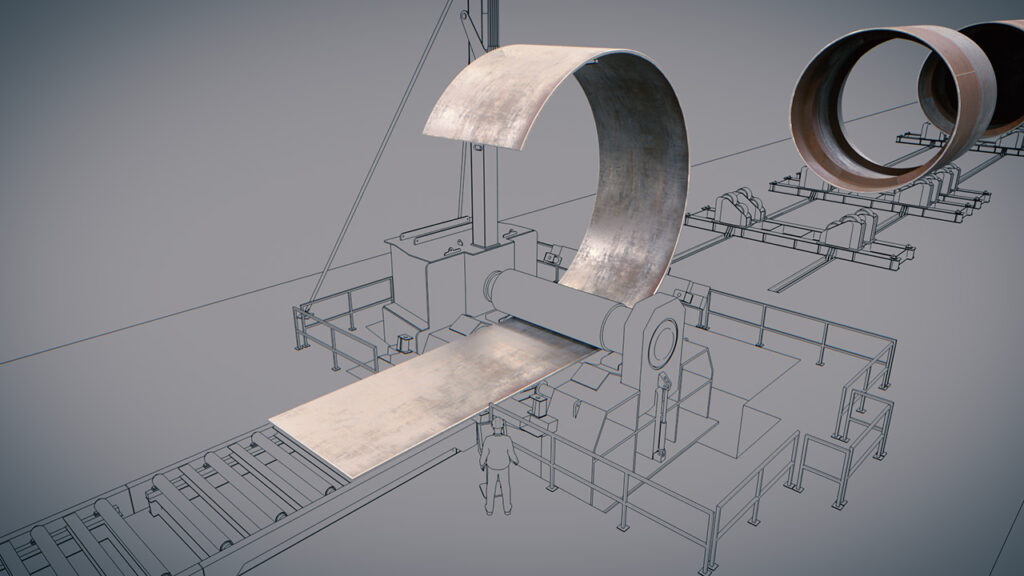
Whether it is from hand drawn sketches, examples from previous projects or from meetings and discussions, items can be modelled in 3D using limited information and dimensions as a source such that early prototypes and animated sequences can be generated. This information helps guide and iterate the overall design, taking advantage of 3D visuals and preview videos. Early-stage concept designs can then be visualised along with information such as dimensions to help illustrate the idea for use in project meetings and presentations.
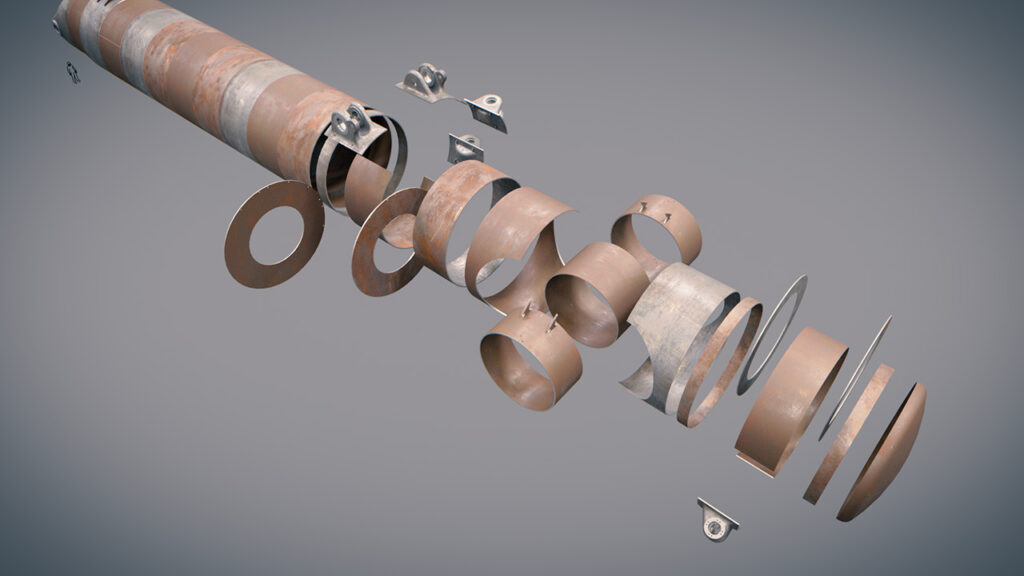
Assembly
When developing assembly procedures or build sequences a fully modelled 3D space containing assets such as cranes, winches and rigging items can demonstrate lift plans and help optimise the entire procedure. What traditionally has been illustrated only in 2D storyboard-type drawings can now be enhanced by being shown in three dimensions providing a better understanding of available space and how objects will move off-plane as cranes slew or work in tandem with other objects. Winch lines, fleeting angles and snatch blocks are prime examples of why a 3D layout can be so advantageous, especially when planned for operation on a vessel main deck where routes and access (and therefore safety) are key.
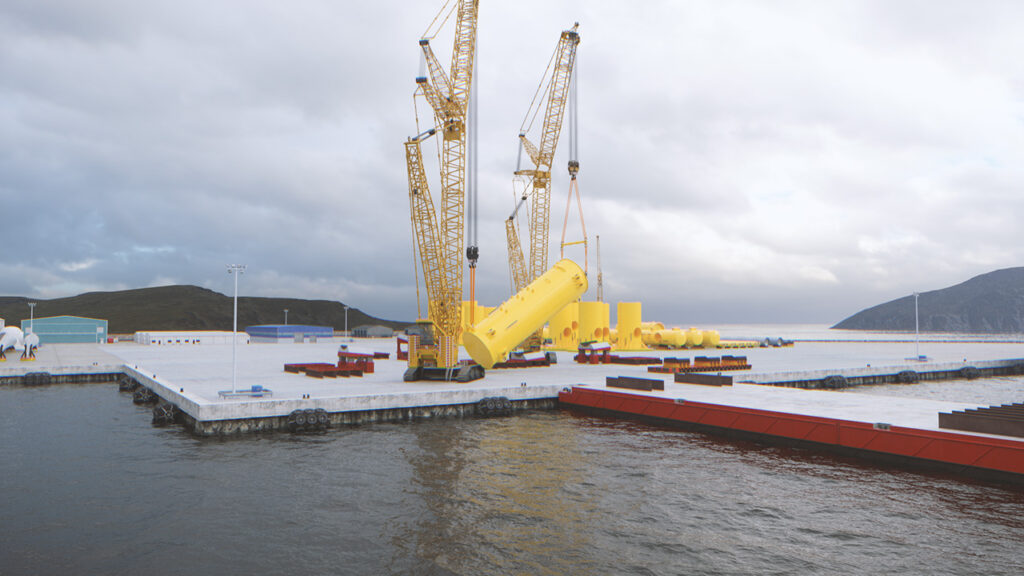
An animated representation of a timed sequence of events is also a great way of showcasing the assembly of components. These animations are ideal for training and help those who will be carrying out an installation better understand the process. They can also reveal issues that were not previously recognised and help in re-designing components prior to going to production or the work site. Given the 3D nature of the setup, parts can easily be sliced open for cutaway views showing items interacting where normally they can not be seen.
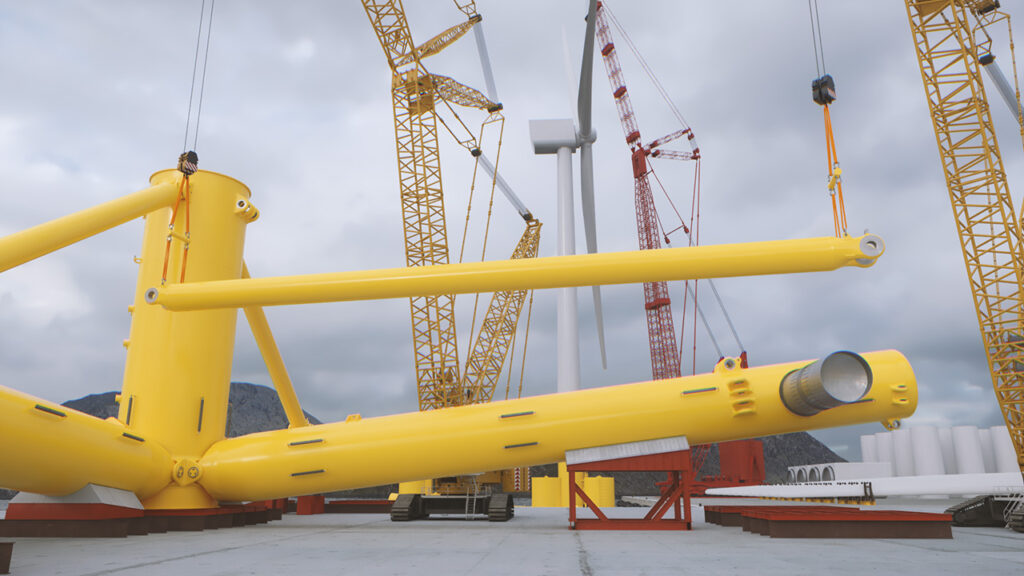
Installation
Moving to later stages in the project during installation whether it be on land or offshore and subsea, animations can further enhance the successful execution of planned procedures. Having established feasibility and developed lift and deployment plans within a 3D space, videos can be used to communicate with stake holders across the project from the office to the work site for enhanced understanding and promotional material.
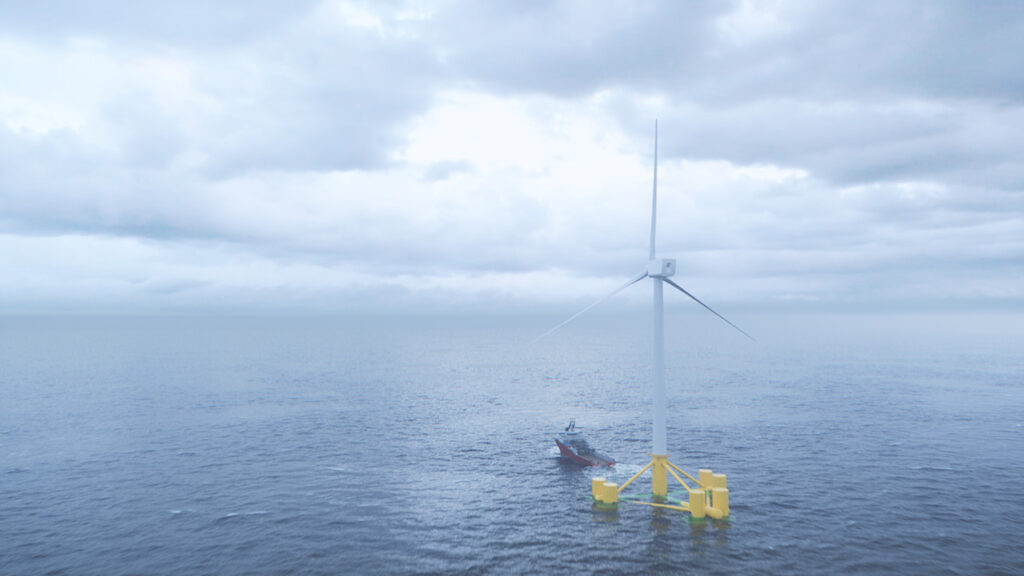
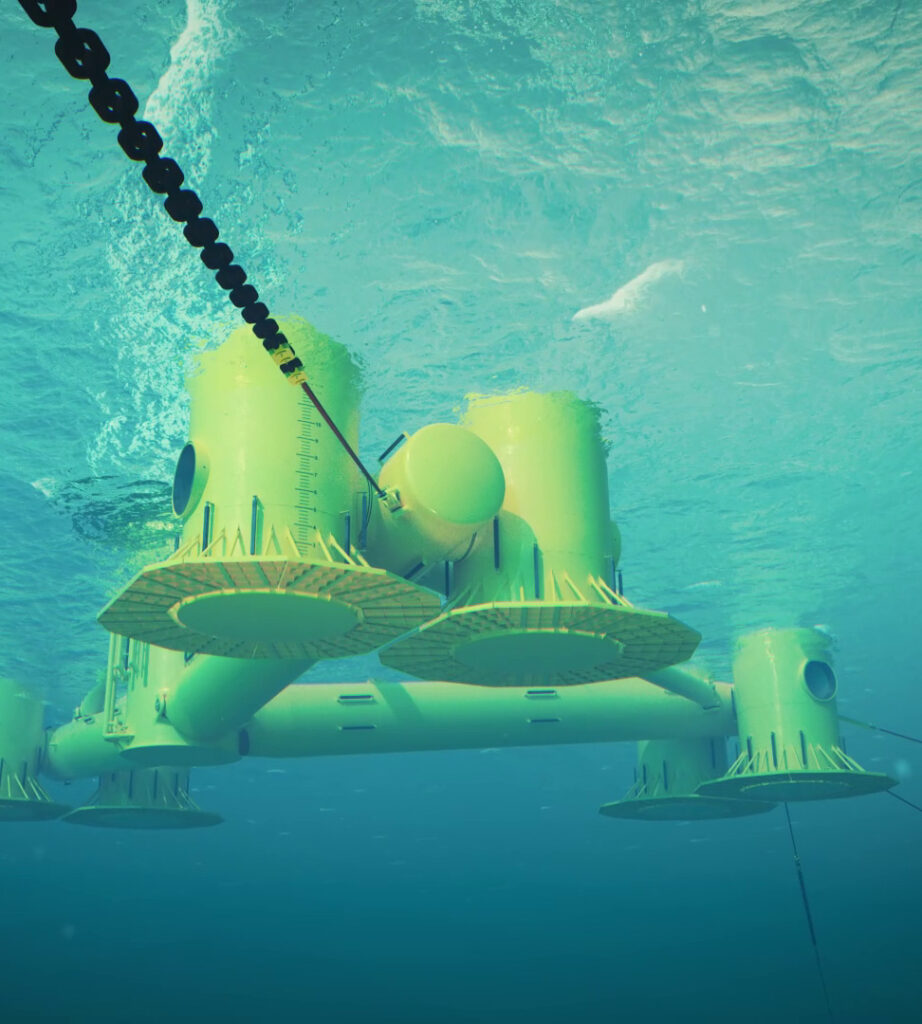
In the example images provided in this post, various animations and visuals have been created to showcase methodologies and helped to develop potential procedures used in the planning of a floating wind farm in the North Sea. Port locations, fab shops, and offshore environments were all generated in order to provide context for the stages of the project showing activities such as steel rolling and welding through to mooring line installation.
Subsea operations are a prime example of where 3D technical animation can deliver valuable visualisation due to the lack of real-world visibility and the remote nature of the work. At the point where structures and products head below the water surface, visibility is reliant upon the views from ROVs and their tools or divers. That’s why animations can help establish the overall procedure prior to going offshore, with sequences that reveal the full activity from the surface to the seabed.
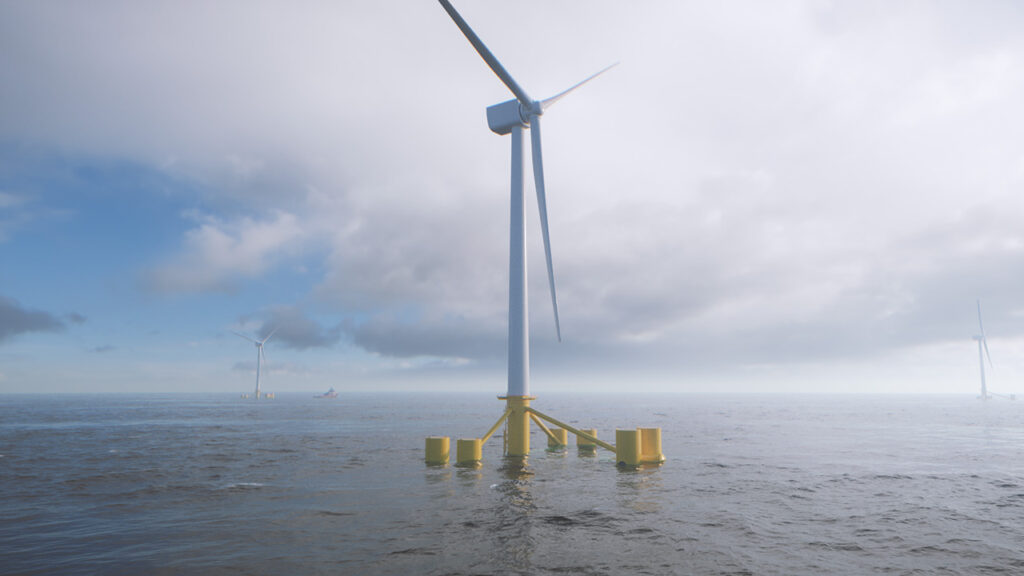
Particular views and setups from the project work can be pulled out for further use in promotional and marketing material, rendered in high quality and delivered for use across various platforms including social media. There is no part of the project life cycle that can not benefit from high quality 3D modelling and technical animation, provided in a developing format starting from representative or illustrative 3D sketches through to fully rendered presentation videos with sound effects and music.
If you would like to view a short presentation video covering aspects of the project, please use the link below and visit LinkedIn.
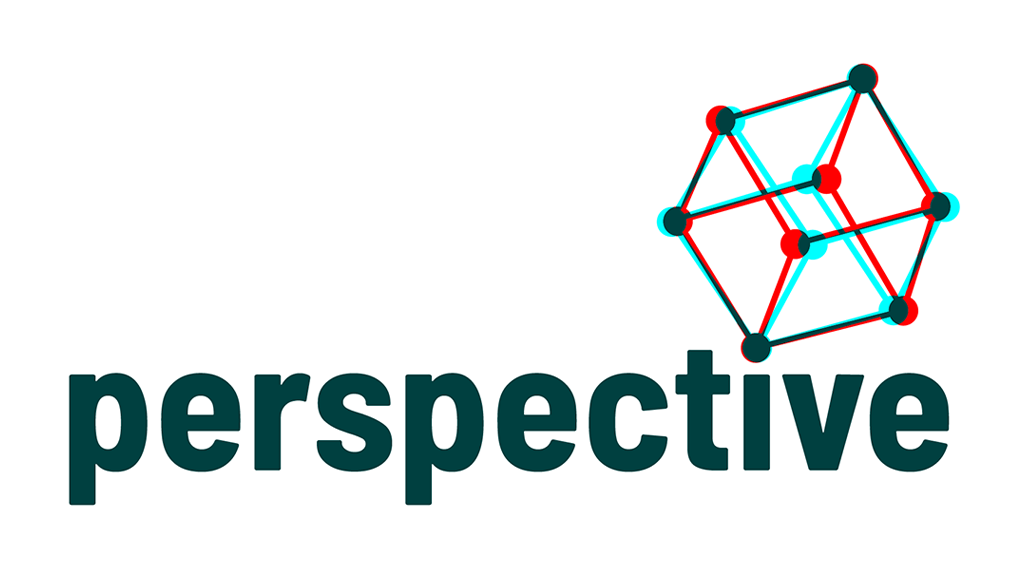
This looks great.
What renderer? VRay, Corona?
Hi, thanks for the comment, yes the renderer is VRay (essentially for all my work across the site).